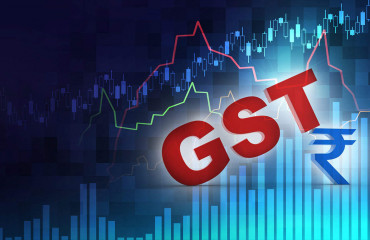
RAI asked "the central and state governments and GST Council to reconsider its decision to prevent a complete collapse of the sector and maintain an atmosphere of hope and certainty." It further said, "A far more beneficial and reasonable solution is to make the entire value chain subject to a flat 5 % GST rate. This will not only resolve the inverted duty structure anomaly but also give a fillip to the industry."
Retailers Association of India (RAI) on Tuesday urged Finance Minister Nirmala Sitharaman, state governments and GST Council to reconsider the proposed hike in GST rates on several textiles and apparel items to 12 % from January saying it will adversely impact 85 % of the sector. Stating that the apparel retail businesses are already ailing, RAI said the 7 % hike has been proposed to address the issue of inverted duty structure in the textile industry faced by a small segment of the total textile value chain.
"However, such a steep increase in the GST rate will adversely impact 85 % of the industry while trying to ease the problem faced by not more than 15 % of the industry," the retailers' body said in a statement.
RAI CEO Kumar Rajagopalan said, "The increase in GST rates on textiles and apparel is not in anybody's interest due to its impact. On the business side, it will add to the financial burden of an already-stressed sector, slow down its pace of recovery and affect working capital requirements especially in the case of MSME businesses which account for 90 % of the industry."
On the consumer side, he added, "It will lead to a rise in the prices of garments, thereby hurting consumption. On the government side, in the long run, it may lead to many unorganised businesses going out of the GST net."
RAI asked "the central and state governments and GST Council to reconsider its decision to prevent a complete collapse of the sector and maintain an atmosphere of hope and certainty."
t further said, "A far more beneficial and reasonable solution is to make the entire value chain subject to a flat 5 % GST rate. This will not only resolve the inverted duty structure anomaly but also give a fillip to the industry."
